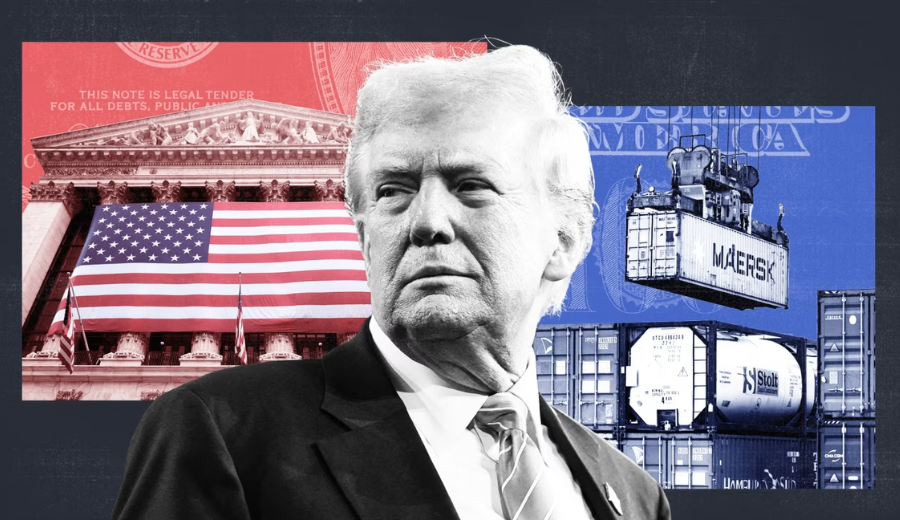President Trump’s recent implementation of sweeping import tariffs has introduced significant uncertainty into the U.S. economic outlook. The imposition of a universal 10% tariff, coupled with higher rates on goods from key trading partners like China and the European Union, scheduled to commence on April 5, 2025, has already generated apprehension amongst economists and investors.
While the U.S. economy demonstrated resilience in the final quarter of 2024, registering a 2.3% annual growth rate driven by strong consumer spending, the prospect of these tariffs threatens to destabilize this progress. Economists foresee potential inflationary pressures stemming from increased consumer prices, disruptions to established supply chains, and the risk of retaliatory trade measures from affected nations. The immediate market reaction, characterized by substantial declines in major indices, underscores the fragility of investor confidence in the face of these policy shifts.
As the implementation date nears, businesses and consumers are preparing for potential economic repercussions. The long-term effects of these tariffs remain to be seen, but the initial signs point towards a period of heightened economic volatility and potentially dampened growth prospects for the U.S. economy in 2025.
















